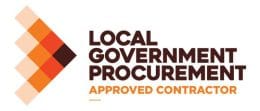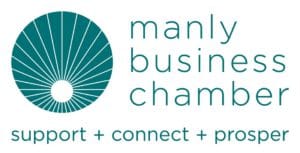HOW TO MANAGE MULTIPLE GENERATIONS IN THE WORKPLACE
What does age diversity look like in your organisation? With those in employment varying in age from 16-year-old school leavers to those in their late 70s, you may well have five generations on your payroll:
Traditionalists (born 1925–1945)
Baby Boomers (born 1946–1964)
Generation X (born 1965–1980)
Millennials (born 1981–2000)
Generation Z (born 2001–2020)
Stereotypes are regularly associated with each category. Traditionalists are often defined as loyal to their employer, while Gen Zers are considered as job hoppers. Baby boomers are seen to value an authoritative leadership, while Gen X may question rules and direction.
In reality, people are individuals, whatever their year of birth. Events such as the pandemic and WW2 may have influenced them, but other factors play a role in shaping individuals, such as values, beliefs, experience, cultural background and religion.
So, when leaders are looking at how to manage multiple generations in the workplace, it can be sensible to take a broad approach – one that considers difference rather than age. Here are some ideas to prompt reflection, discussion and action:
Individual Differences
Individual identity is shaped by different factors, such as culture, ethnicity, religious beliefs and lived experiences. When taking a broad approach to managing multiple generations, it is important to understand and respect individual differences and similarities.
Communication Preferences
There are many ways to communicate in an organisation and preferences will vary. Some employees may rely on instant messaging to communicate quickly with co-workers, while others may choose to pick up the phone. Leaders can encourage members of their team to be open to different communication styles as well as set ground rules. They may choose to organise inperson meetings as well as virtual ones and ask individuals to use emails rather than instant messaging for longer communications.
Learning Styles
People learn in different ways. For some, classroom based activities with other co-workers help them to absorb information more readily, while for others individual online learning is the way forward. Equally, some employees may prefer to take notes, while others prefer to sit and listen. Leaders and HR managers can ensure learning opportunities are maximised by catering to individual learning styles.
Voice
Everyone has a voice and a potentially valuable contribution to make. Leaders can facilitate valuable discussion, both online and offline, by encouraging individuals to speak up and ensuring others listen.
Challenging Topics
Some employees may find it challenging to discuss topics, such as diversity & inclusion and mental health, and for a variety of reasons. Leaders can be sensitive to individual differences when introducing discussion and action in these areas, encourage employees to share their beliefs and opinions and provide guidance on policies, procedures and legislation.
Mentoring
People can learn a lot from each other. While a mentee may benefit from their mentor’s expertise, professional experience and network, mentors may discover new ideas and fresh perspectives by working with their mentee. Leaders can help set up formal or informal mentoring opportunities to promote these mutually beneficial relationships.
Bias
Conscious and unconscious bias based on age can be a real problem in the workplace, including bias based on age. Leaders can help stamp out bias by raising awareness about it through training, encouraging open discussion by employees in the organisation, and creating relevant policies and procedures.
Every individual is unique, but leaders can help unite employees in a common vision and drive them towards a common goal. Clear communication and effective collaboration are the keys to a successful outcome.
We have a multi-generational approach to recruitment at Optimal Recruitment. Contact our professional team today on info@optimalrecruitment.com.au or 02 8416 4181.










